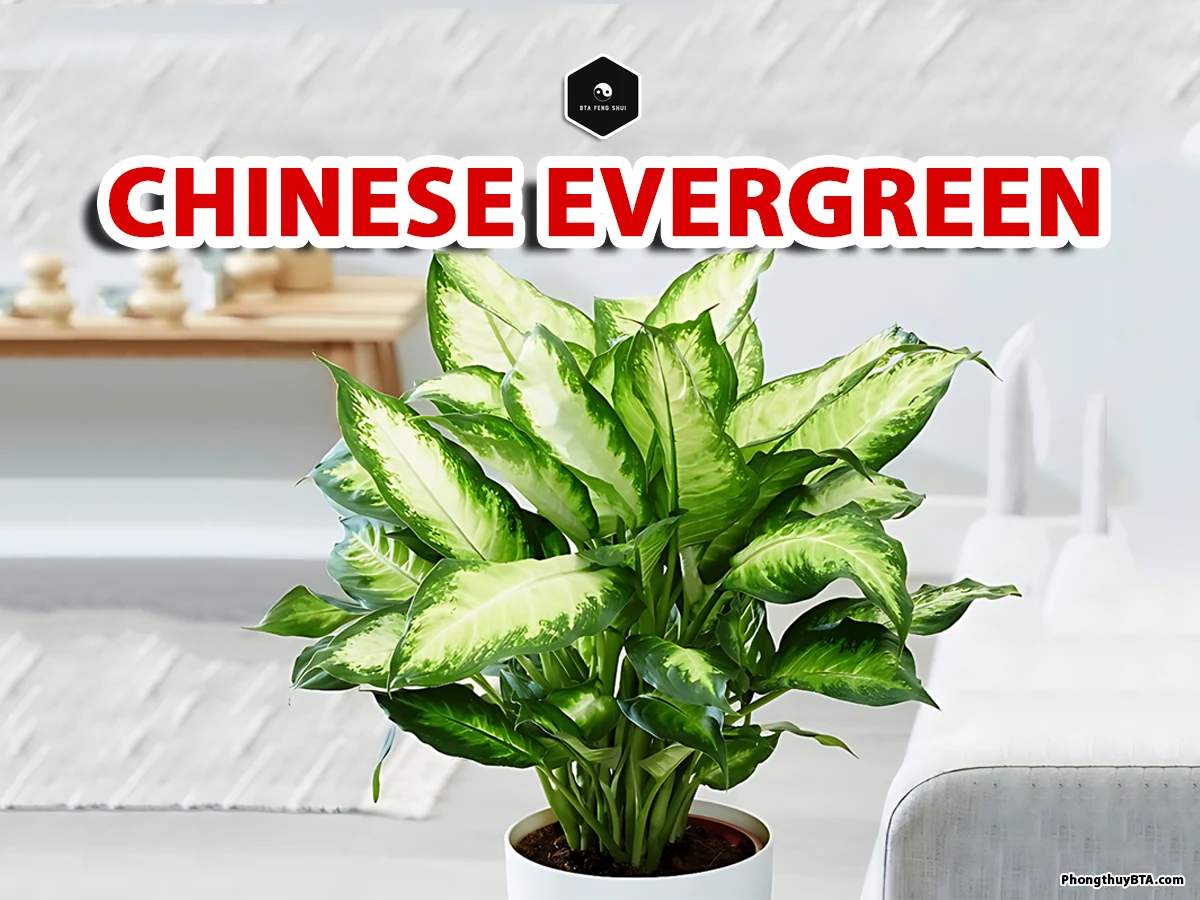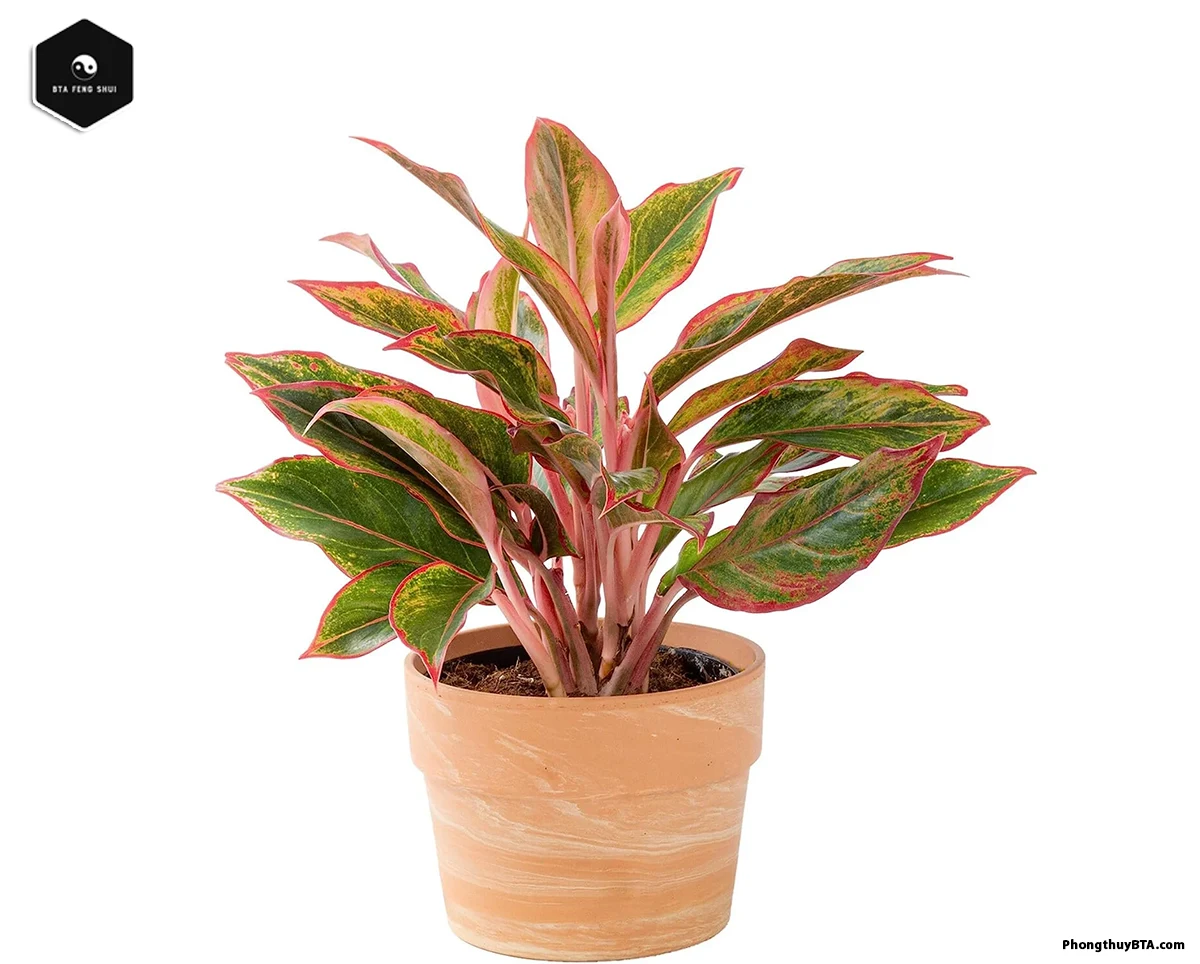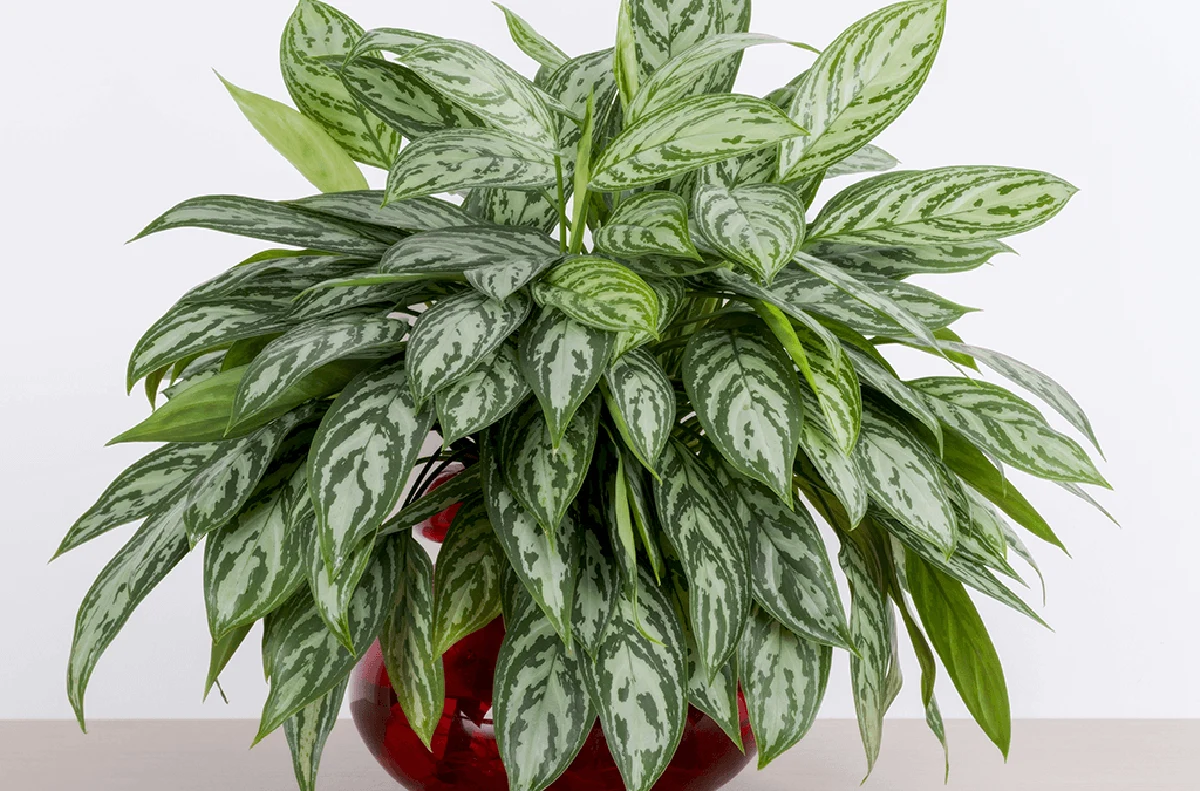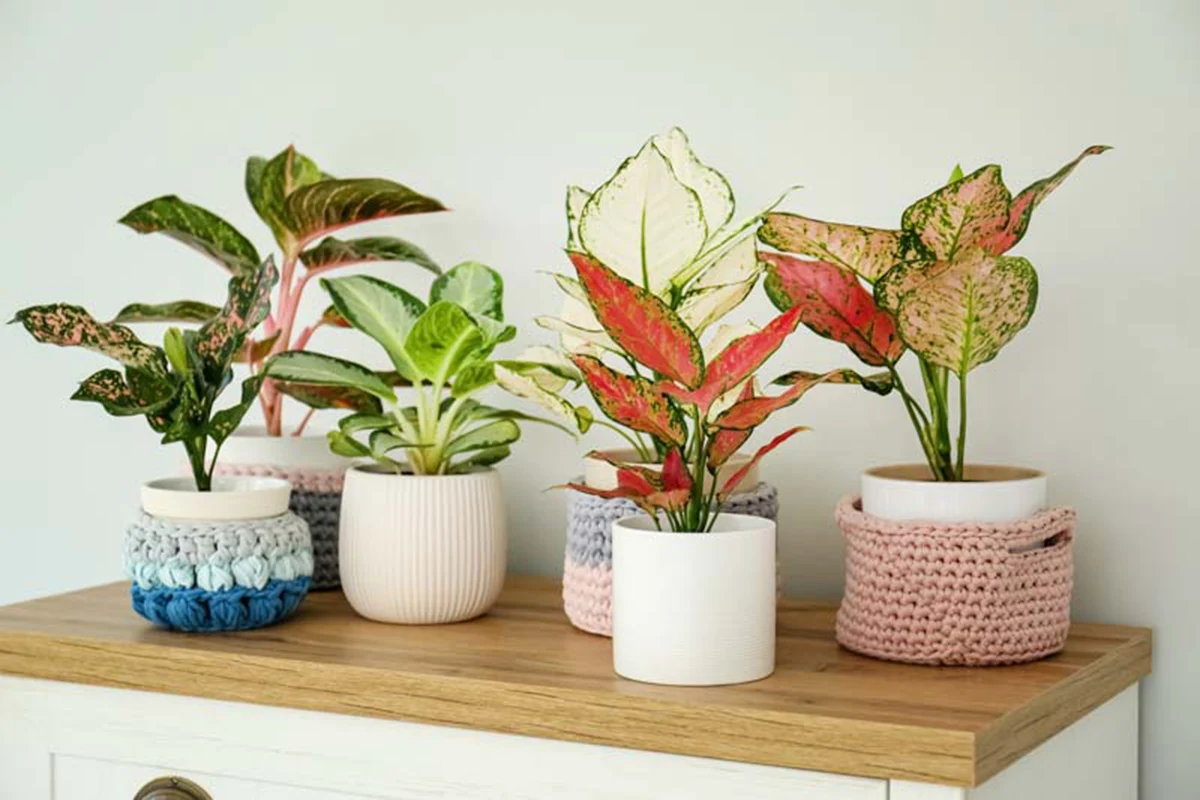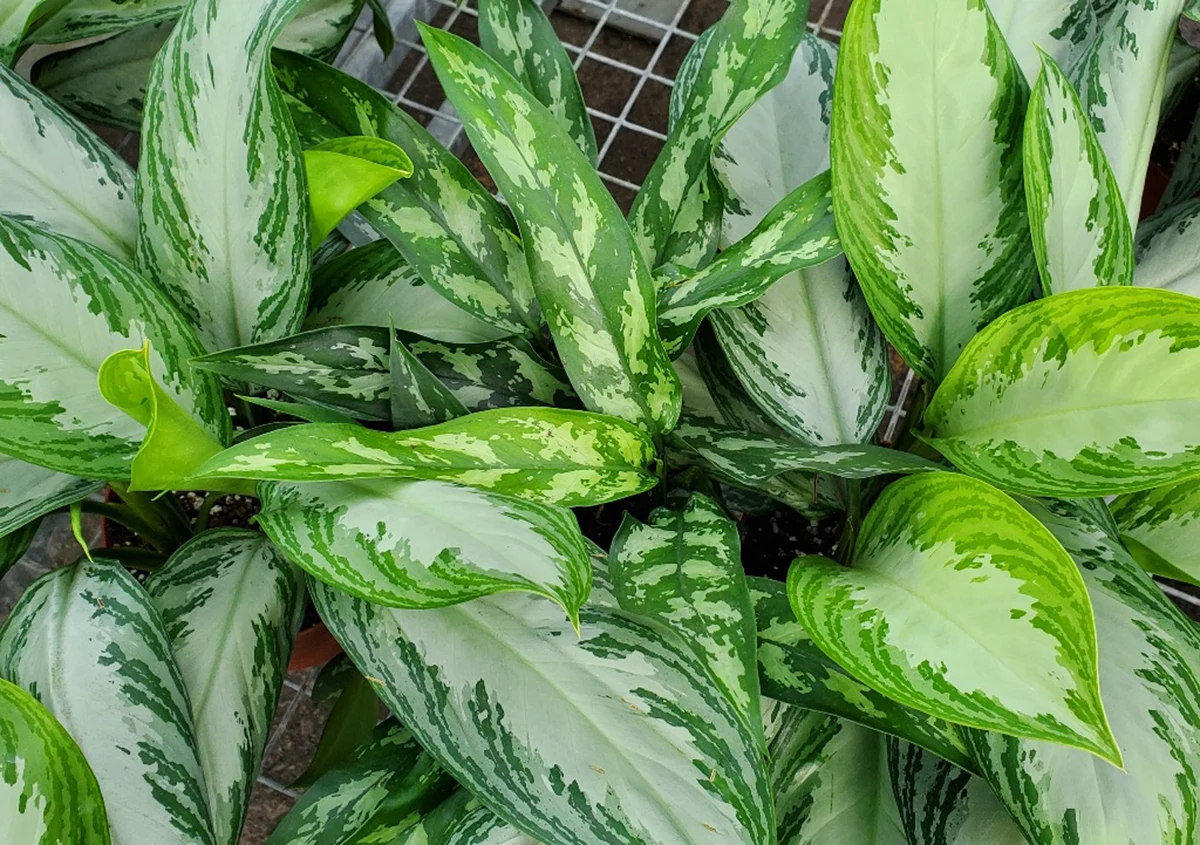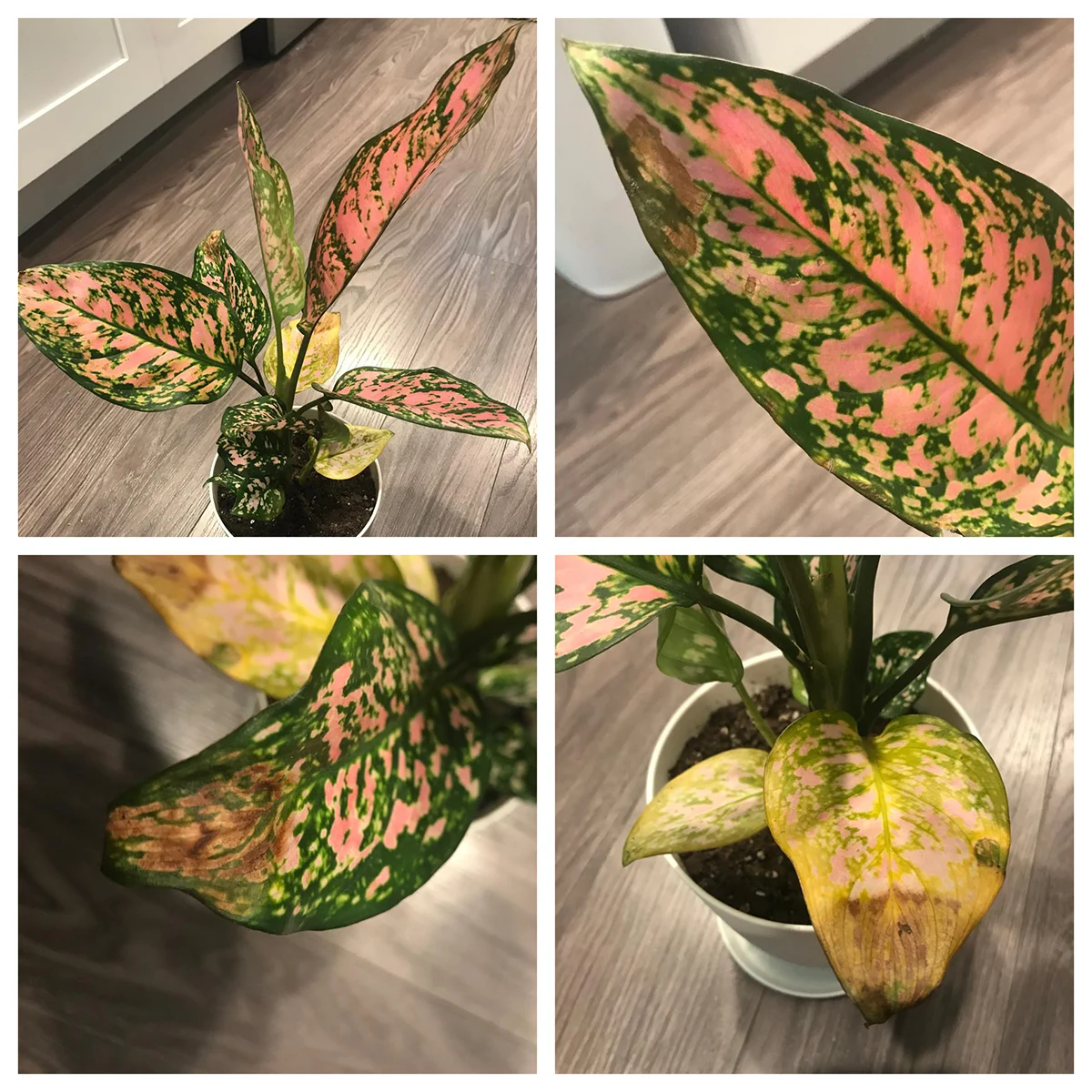Welcome to the complete guide to growing and caring for the Chinese Evergreen (Aglaonema). Known for its colorful foliage and easy care, this plant is ideal for beginners and experts.
Here, you’ll learn care tips and feng shui benefits to keep your Chinese Evergreen thriving while elevating your home’s beauty and energy.
Why Choose Chinese Evergreen?
The Chinese Evergreen, also known as Aglaonema or Philippine Evergreen, is a tropical perennial celebrated for its exotic, glossy leaves in shades of green, silver, pink, red, and white. With its ability to thrive in low light and purify indoor air, it’s a top choice for homes and offices.
In feng shui, this plant is believed to attract luck, prosperity, and positive energy, making it a meaningful addition to any space.
This guide dives deep into Chinese Evergreen care, varieties, propagation, and troubleshooting, offering expert insights to help your plant flourish.
Chinese Evergreen Care Essentials
Caring for a Chinese Evergreen plant is straightforward, but attention to detail ensures vibrant foliage and long-term health. Below are the key care requirements.
Light Requirements for Chinese Evergreen
Chinese Evergreens thrive in bright, indirect light but adapt well to low-light conditions, making them ideal for indoor spaces. Darker green varieties, like Aglaonema ‘Maria’, tolerate lower light, while variegated types, such as Red Chinese Evergreen or Pink Chinese Evergreen, need brighter light to maintain their vivid colors.
- Ideal Placement: Near a north or east-facing window with filtered light.
- Avoid: Direct sunlight, which can scorch leaves, causing brown, crispy edges.
Tip: Rotate the plant periodically to ensure even light exposure.
Watering Chinese Evergreen
Proper watering is critical for Aglaonema care. These plants prefer slightly moist soil but are prone to root rot if overwatered.
- Watering Schedule: Water when the top 1-2 inches of soil feel dry, typically every 1-2 weeks. Reduce watering in winter when growth slows.
- How to Water: Water thoroughly until it drains from the pot’s bottom, then discard excess water from the saucer.
- Signs of Overwatering: Yellowing leaves or a mushy stem indicate too much water.
- Signs of Underwatering: Drooping or wilting leaves suggest the plant needs hydration.
Soil Needs for Aglaonema
Chinese Evergreen plants thrive in well-draining, slightly acidic soil with a pH of 5.5-6.5.
- Best Soil Mix: Combine peat-based potting soil with perlite or sand for improved drainage.
- Pot Requirements: Choose a pot with drainage holes, 1-2 inches wider than the root ball, to prevent waterlogging.
Tip: Refresh soil every 2-3 years to maintain nutrient levels and prevent compaction.
Temperature and Humidity
Aglaonema plants prefer warm, humid conditions, mimicking their native tropical habitats.
- Temperature Range: 65-80°F (18-27°C). Avoid temperatures below 55°F, which can cause cold stress.
- Humidity: Aim for 60-70% humidity. Use a humidifier, pebble tray, or place the plant in a bathroom or kitchen to boost moisture.
- Avoid: Cold drafts, air vents, or sudden temperature changes.
Fertilizing Chinese Evergreen
Fertilizing supports healthy growth and vibrant foliage.
- Fertilizer Type: Use a balanced, water-soluble houseplant fertilizer (e.g., 10-10-10) diluted to half strength.
- Frequency: Apply monthly during spring and summer. Skip fertilizing in fall and winter when the plant is semi-dormant.
Tip: Flush the soil with distilled water every few months to prevent salt buildup, which can cause brown leaf tips.
Read more:
- ZZ Plant Care: Your Guide to Growing a Feng Shui Powerhouse
- Cactus Plant Care: How to Take Care of a Cactus Indoors
- Money Tree Care: Feng Shui Benefits and Growing Tips
Popular Chinese Evergreen Varieties
With dozens of Aglaonema cultivars, there’s a variety for every aesthetic. Here are some standout options:
- Silver Queen: Dark green leaves with silver streaks, perfect for low-light spaces.
- Red Siam: Vibrant red-edged leaves with green and yellow speckles, ideal for bright rooms.
- White Joy: Creamy white leaves with green accents, requiring brighter light.
- Lemon Mint: Silver foliage with green and yellow veining, a striking modern choice.
- Maria: Dark green with silvery stripes, shade-tolerant and beginner-friendly.
- Diamond Bay: Large, lance-shaped leaves with silver-green centers and dark green edges.
Each variety offers unique patterns and colors, enhancing both decor and feng shui energy.
Propagating Chinese Evergreen
Propagating Aglaonema is simple and rewarding, allowing you to expand your collection or share with friends.
Propagation by Division
When: Spring, during active growth.
Steps:
- Gently remove the plant from its pot and shake off excess soil.
- Identify young shoots or suckers with roots attached.
- Tease apart or use a sharp, sterile knife to separate the root ball.
- Replant divisions in fresh, well-draining soil and keep moist for a few weeks.
Propagation by Stem Cuttings
When: Summer, when temperatures are warm.
Steps:
- Cut a 4-6 inch stem with a few leaves using a sterile tool.
- Place the cutting in water or moist soil in bright, indirect light.
- Roots should form in 3-4 weeks. Transfer to a pot once roots are 1-2 inches long.
Repotting Chinese Evergreen
Chinese Evergreens prefer slightly rootbound conditions, so repot only every 2-3 years or when roots grow out of the pot’s drainage holes.
When: Spring, before the growing season.
Steps:
- Choose a pot 1-2 inches larger with drainage holes.
- Fill with fresh, well-draining potting mix.
- Gently remove the plant, trim any dead roots, and replant at the same depth.
- Water thoroughly and keep in indirect light.
Common Problems and Solutions
Even with proper care, Chinese Evergreen plants may face issues. Here’s how to troubleshoot:
Yellow Leaves
- Cause: Overwatering, underwatering, or nutrient deficiency.
- Solution: Check soil moisture and adjust watering. Ensure proper fertilization.
Brown Leaf Tips
- Cause: Low humidity, salt buildup, or fluoride in tap water.
- Solution: Increase humidity, use distilled water, and flush soil periodically.
Scorched Leaves
- Cause: Direct sunlight exposure.
- Solution: Move to a spot with filtered or indirect light.
Pests
- Common Pests: Mealybugs, spider mites, aphids, or scale.
- Solution: Wipe leaves with a damp cloth or use insecticidal soap. For persistent pests, apply neem oil.
Root Rot
- Cause: Overwatering or poor drainage.
- Solution: Remove affected roots, treat with a fungicide, and repot in fresh soil with better drainage.
Feng Shui Benefits of Chinese Evergreen
In feng shui, the Chinese Evergreen is prized for its ability to attract prosperity, health, and positive energy. Its lush, evergreen foliage symbolizes resilience and growth, even in challenging conditions.
- Placement: Position in the wealth (southeast) or health (east) corners of your home or office to enhance positive energy.
- Variety Choice: Red or pink varieties, like Red Siam, amplify energy and passion, while green varieties, like Silver Queen, promote calm and balance.
Tip: Pair with a decorative ceramic pot to elevate both aesthetic and feng shui energy.
Toxicity Warning
Chinese Evergreen contains calcium oxalate crystals, which are toxic to pets and humans if ingested. Keep out of reach of cats, dogs, and children, as it can cause oral irritation or skin rashes.
Display Ideas for Chinese Evergreen
Elevate your decor with these creative display ideas:
- Bathroom Oasis: Place a Chinese Evergreen in a humid bathroom to thrive in moist air.
- Office Accent: Use a Red Chinese Evergreen on a desk for a pop of color and air-purifying benefits.
- Living Room Centerpiece: Group multiple varieties in colorful pots for a vibrant focal point.
- Shady Patio: Move outdoors in summer (Zones 10-11) for a tropical vibe in shaded areas.
FAQ: Chinese Evergreen Care
How often to water Chinese Evergreen?
Water when the top 1-2 inches of soil are dry, typically every 1-2 weeks, less in winter.
Does Chinese Evergreen need sunlight?
No direct sunlight. It thrives in bright, indirect light or low light for darker varieties.
Why are my Chinese Evergreen leaves yellowing?
Yellow leaves often indicate overwatering. Let soil dry out between waterings and ensure proper drainage.
Can Chinese Evergreen bloom?
Yes, mature plants may produce small, white, calla lily-like flowers in spring or summer with sufficient light.
The Chinese Evergreen (Aglaonema) is a beautiful, easy-care plant with air-purifying and feng shui benefits. With the right light, water, and care, it will thrive for years and bring positive energy to your home. If you enjoyed this guide, share it with fellow plant lovers!



